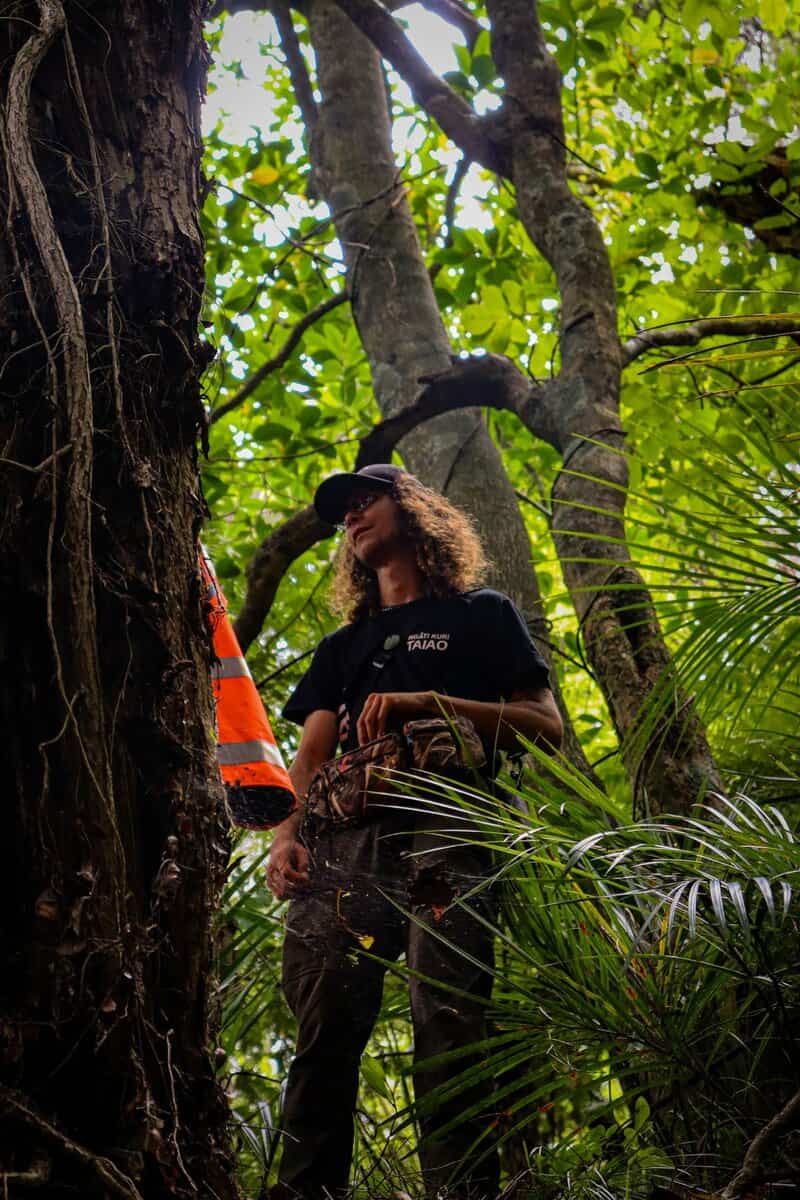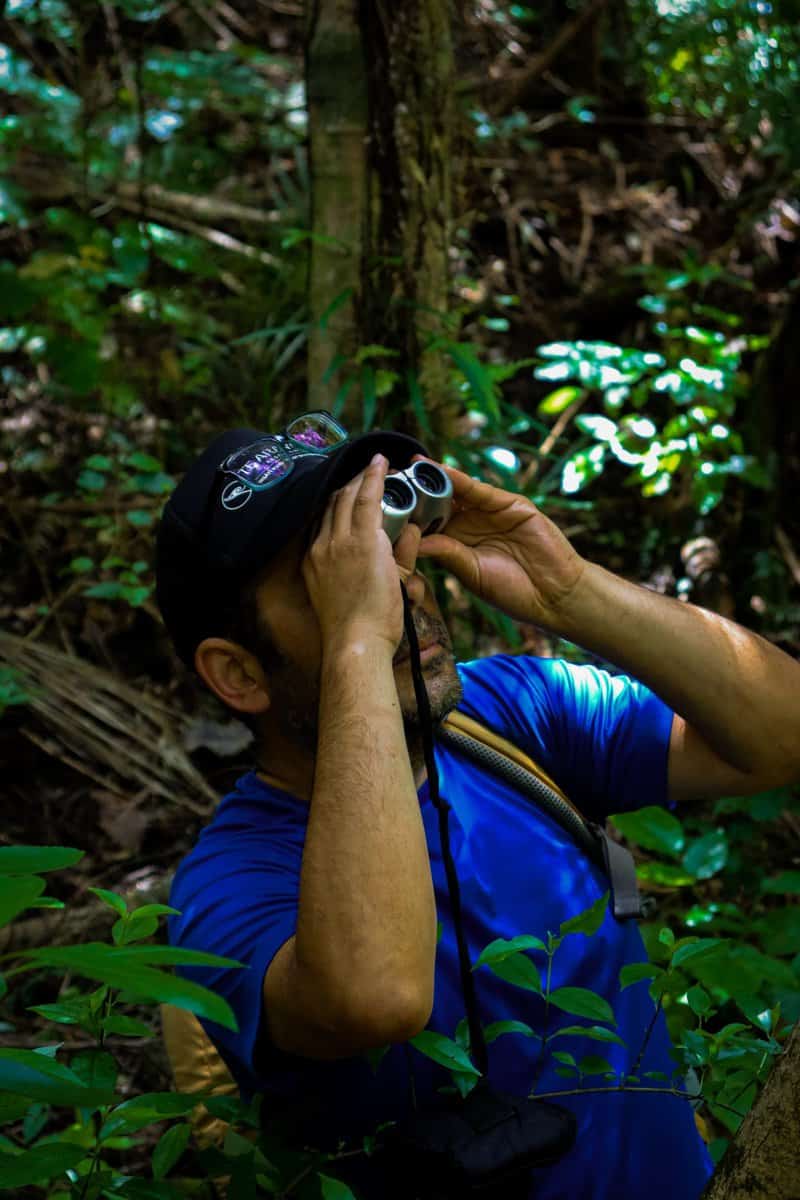After just two years on the job, they’re making excellent progress, says Ngāti Kuri trustee Tammy Tauroa.
In 2020, there were barely a dozen Rātā moehau Metrosideros bartlettii growing in the wild.
Kahikā rangitāhua Metrosideros kermadecensis was flourishing on Rangitāhua (Kermadec Islands), but numbers were decreasing due to myrtle rust, a fungal disease that arrived on the motu in 2017.
Both species are endemic to Ngāti Kuri’s rohe – a region covering one million square kilometres of land and ocean, extending from Maunga Tohoraha (Mt Camel) in the south, to Te Rerenga Wairua (Cape Reinga) in the north, to the off-shore islands of Manawatāwhi (the Three Kings Islands), and up to Rangitāhua (the Kermadec Islands).
Today, thanks to an Iwi-led propagation and planting programme, the numbers of wild Rātā moehau has quadrupled, with numbers expected to reach 1,000 within three years.


Last year, Iwi members travelled by ship to Rangitāhua as the first step in a longer term plan to study Kahikā rangitāhua, prevent its loss and, eventually, introduce the species to Ngāti Kuri-run nurseries and select areas of the Far North.
“Why are our taonga in such bad shape? Pests, diseases such as myrtle rust and difficulty pollinating in the case of Rātā moehau,” says Tammy.
Ngāti Kuri’s efforts to stem decline of the taonga species started in December 2020 when the Iwi signed up to the government’s three-year Ngā Rākau Taketake research programme.
The $34.5 million programme is overseen by New Zealand’s Biological Heritage National Science Challenge.
It aims to accelerate research related to kauri dieback and myrtle rust, and to empower New Zealanders to protect and restore the ngahere.
Funding Iwi and scientists to collaboratively run research projects and share information about forest conservation is central to the programme.
Tammy says: “For us, this programme was important for two reasons. We could play a major role in saving two important taonga species and we could take major steps towards achieving our bigger vision as a tribe.”
In 1991, Ngāti Kuri was one of six Iwi who lodged a Treaty of Waitangi claim called the WAI 262.
The claim made a case to change the way the country’s flora and fauna are managed and give Māori greater control over things Māori such as indigenous plants and animals and other taonga, including indigenous knowledge.
Since joining Ngā Rākau Taketake, Ngāti Kuri has hosted more than a dozen hui, collected information about Rātā moehau and Kahikā rangitāhua from scientists and Iwi members and drafted an action plan.
Last year, they launched a new 15-person team dedicated to the ongoing conservation of the rākau, funded by the government’s Jobs for Nature programme.
The team, led by Toka Maaka, is working with scientists at Auckland Botanic Gardens, Otari Wilton Bush in Wellington and Dunedin Botanic Gardens to hand pollinate Rātā moehau and propagate both taonga species.
They also run a new planting, monitoring and pest control programme.
A research centre, called Te Ara Whānui, has been set up as the online and physical hub for all Iwi conservation work, supported by Te Puni Kōkiri.
“Eventually, it’ll become a major centre of teaching and learning and the place you’ll come to learn about the vision behind the WAI 262 and Ngāti Kuri’s role as kaitiaki of two very special rākau,” says Tammy.
– Jacqui Gibson
